Blog

As winter approaches in South Jersey, preparing your lawn for the colder months becomes crucial. The final mow of the season is not only about keeping your lawn looking neat but also ensuring it's healthy enough to endure the winter. Here are some tailored tips to help South Jersey residents make the most of their lawn care as autumn ends. 1. Timing Your Last Mow In South Jersey, where winters can be unpredictable, timing your last mow is essential. Aim to schedule your final mow when the grass growth slows but before the first hard freeze, typically around mid-November. Keep an eye on the local weather forecasts to choose the right time. 2. Adjusting the Mower Height It’s important to leave your grass at an optimal height of about 2.5 to 3 inches to protect the roots from frost and prevent diseases like snow mold. This height provides enough insulation during South Jersey’s winter while preventing the grass from matting, which is common in wet, snowy conditions. 3. Mulching Leaves Rather than raking and bagging leaves, mulch them with your mower. This natural mulch will decompose over the winter, providing your soil with valuable nutrients. This practice is especially beneficial in South Jersey, where soil health can be crucial to spring growth. 4. Inspecting and Cleaning Your Mower After your last cut, thoroughly clean your mower and remove any debris. Sharpen the blades to prepare for next season and protect metal parts from rust with a light oil coating. Proper maintenance ensures your equipment remains in good condition over the harsh winter months. 5. Applying the Final Fertilization Applying a winter fertilizer can greatly benefit your lawn, especially one high in potassium which strengthens roots against the cold. In South Jersey’s diverse climate, this step will help your lawn recover faster and healthier in the spring. 6. Watering Ensure your lawn is hydrated properly before it goes dormant, especially since South Jersey can have dry spells during the winter. A well-watered lawn will withstand cold and frost better than a dry one. 7. Planning for Next Season End your lawn care season by evaluating the condition of your lawn and planning any needed improvements for next year, such as aeration or addressing areas that need reseeding. In Conclusion: These steps are designed to prepare your lawn for winter while optimizing its health and appearance. For South Jersey homeowners, following these tips means investing in a lush, vibrant lawn that will return in spring ready to flourish. Sources: Rutgers Cooperative Extension Local South Jersey Lawn Care Experts

When the temperatures soar, keeping your lawn green and healthy can be a challenge. Heatwaves can stress your grass, leading to dry, brown patches unless proper care is taken. Whether you have a sprinkler system or not, there are effective strategies to maintain your lawn during extreme heat. Here are some essential tips to help your grass thrive through a heatwave. 1. Watering Wisely With a Sprinkler System: If you have a sprinkler system, set it to water your lawn early in the morning. This timing prevents water from evaporating too quickly under the midday sun and helps reduce the likelihood of fungal diseases that can occur when watering at night. Aim for deep, infrequent watering that moistens the soil to a depth of about 6 inches, which encourages deeper root growth and greater drought resistance. Without a Sprinkler System: For those without a sprinkler system, manual watering can still be very effective. Use a garden hose with a spray nozzle or a portable sprinkler to cover areas evenly. Like with a built-in system, water early in the morning and aim for the soil to be moistened to the same depth of about 6 inches. This might require moving a portable sprinkler around to ensure even coverage. 2. Mowing Practices Avoid cutting your grass too short during a heatwave; taller grass blades provide shade to the ground below, reducing water evaporation from the soil. Raise the blade on your mower to the highest setting that is appropriate for your type of grass. A good rule of thumb is to never remove more than one-third of the grass blade in a single mowing session. 3. Mulching Whether you have a sprinkler system or not, mulching can greatly assist in retaining soil moisture. Leave grass clippings on the lawn after mowing to act as a natural mulch, or apply a thin layer of organic mulch around the base of your plants. This not only helps retain moisture but also adds nutrients back into the soil as it decomposes. 4. Avoiding Fertilization Skip fertilizing during a heatwave. Fertilizers can promote new growth, which can be stressful for plants when water is scarce and temperatures are high. Wait until the weather cools to fertilize, ensuring that your lawn is receiving adequate moisture. 5. Monitoring and Adjustments Regularly check your lawn for signs of stress, such as wilting or discoloration. If you have a sprinkler system, adjust it according to the weather forecast and any signs of stress in your lawn. Those watering manually should also be flexible, increasing water frequency slightly if the grass shows signs of drought stress. By following these tips, you can help your lawn not only survive a heatwave but continue to thrive. Whether you have the latest in sprinkler systems or are maintaining your lawn with manual methods, understanding and adapting to the needs of your grass during extreme weather conditions is key to keeping your landscape healthy and vibrant.
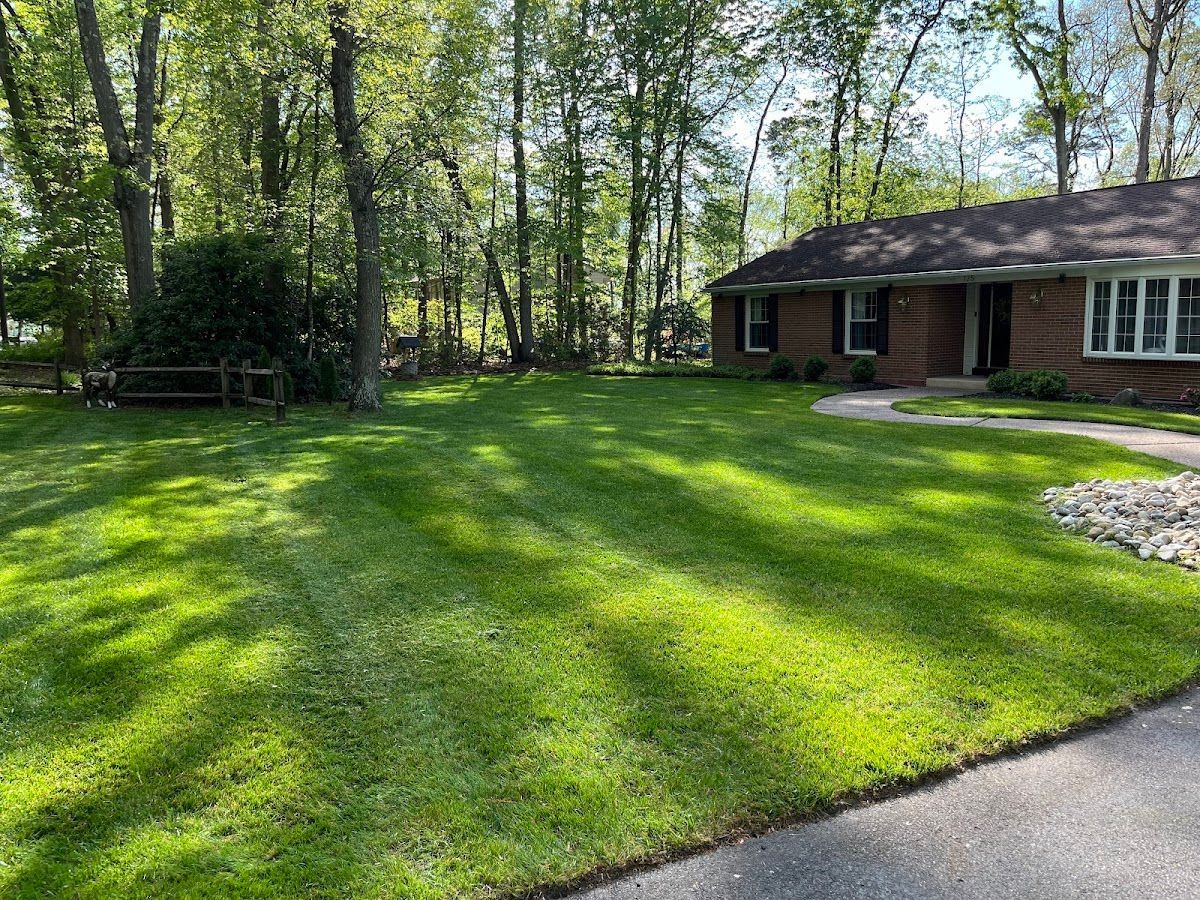
Maintaining a beautiful lawn is not just about watering and fertilizing—it's also about how frequently you cut your grass. Many homeowners wonder how often they should mow to keep their lawns in peak condition. The answer largely depends on the type of grass, the season, and personal lawn goals, but a general rule of thumb is to mow weekly. Here are the top benefits of mowing your lawn on a weekly basis: 1. Healthier Grass Mowing your lawn regularly encourages the grass to grow thicker and healthier. Each cut promotes the growth of new grass blades, which in turn makes your lawn denser and better able to compete with weeds. Dense grass also helps in reducing soil erosion caused by wind and water. 2. Consistent Length and Appearance Weekly mowing keeps your lawn at a consistent length, enhancing its appearance and giving it a well-manicured look. It also prevents your lawn from looking uneven, which can happen when grass is allowed to grow too long and then cut abruptly. 3. Weed Control Regular mowing helps control weeds by cutting off their heads before they can flower and seed. This natural form of weed suppression reduces the need for chemical herbicides, making your lawn care routine more environmentally friendly. 4. Disease Prevention Tall, dense grass can trap moisture, creating a breeding ground for fungal diseases like brown patch and dollar spot. Regular mowing helps air circulate more effectively through your grass, reducing moisture buildup and the risk of these diseases. 5. Mulching Benefits If your mower is equipped with a mulching feature, mowing weekly allows you to chop the grass clippings finely and distribute them back onto the lawn. These clippings decompose quickly, returning valuable nutrients back into the soil. This natural fertilization helps keep your grass green without the need for additional fertilizers. 6. Stress Reduction for Grass Cutting grass too short can stress it, especially during hot weather. Weekly mowing helps avoid extreme length changes that can shock the grass and weaken it. By maintaining a regular mowing schedule, you can ensure that no more than one-third of the grass blade is removed in a single mowing, which is the ideal amount for healthy growth. Conclusion While the frequency of lawn mowing can vary, aiming for a weekly schedule during the growing season is beneficial for most lawns. It keeps your lawn healthy, attractive, and under control. Remember, the key to perfect mowing is not just regularity but also using the right techniques and tools. At Shhh Electric Landscaping, we use quiet, battery-powered equipment to maintain your lawn efficiently and eco-consciously. Contact us to learn more about how we can help keep your lawn looking its best all season long !
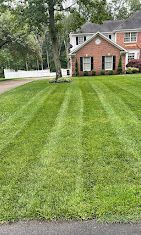
Introduction: Achieving a healthy, vibrant lawn of Fescue grass in Southern NJ requires strategic care throughout the year. In this seasonal guide, we'll highlight the optimal timing for key lawn care tasks: aeration, seeding, fertilizing, and applying weed suppressors. Let's dive into the calendar to ensure your Fescue lawn stays lush and resilient in Southern NJ's climate. Spring: Aeration : Early spring, once soil is no longer frozen but before Fescue grass begins active growth. Seeding : Early spring, when temperatures consistently reach 60-70°F for optimal seed germination. Fertilizing : Late spring, after Fescue grass has started growing but before the summer heat sets in. Weed Suppressor : Early to mid-spring, when weeds are actively growing but before they become established. Summer: Fertilizing : Avoid fertilizing Fescue grass during the summer months to prevent stress on the lawn. Fall: Aeration : Early fall, when temperatures begin to cool but before the first frost. Seeding : Early fall, ideally in late August to early September, when temperatures are cooler and soil moisture is consistent. Fertilizing : Early fall, around Labor Day, to promote root growth and winter hardiness. Weed Suppressor : Early fall, as temperatures cool and weeds prepare for dormancy. Winter: Monitor lawn health and address any issues such as snow mold or winter damage as needed. Bonus Tips for Southern NJ: Adjust timing based on local weather patterns, as Southern NJ experiences mild winters and hot, humid summers. Consider overseeding in the fall to thicken the Fescue lawn and improve its resilience to summer stress. Perform routine maintenance tasks such as mowing, watering, and dethatching throughout the year to keep your lawn in top condition. Conclusion: By following this seasonal guide for Fescue grass care in Southern NJ, you'll ensure your lawn receives the right treatments at the right times for optimal health and beauty. Remember to tailor your lawn care schedule to local climate conditions and monitor your lawn's progress throughout the year. With proper care and attention, your Fescue lawn will thrive in Southern NJ's unique environment.
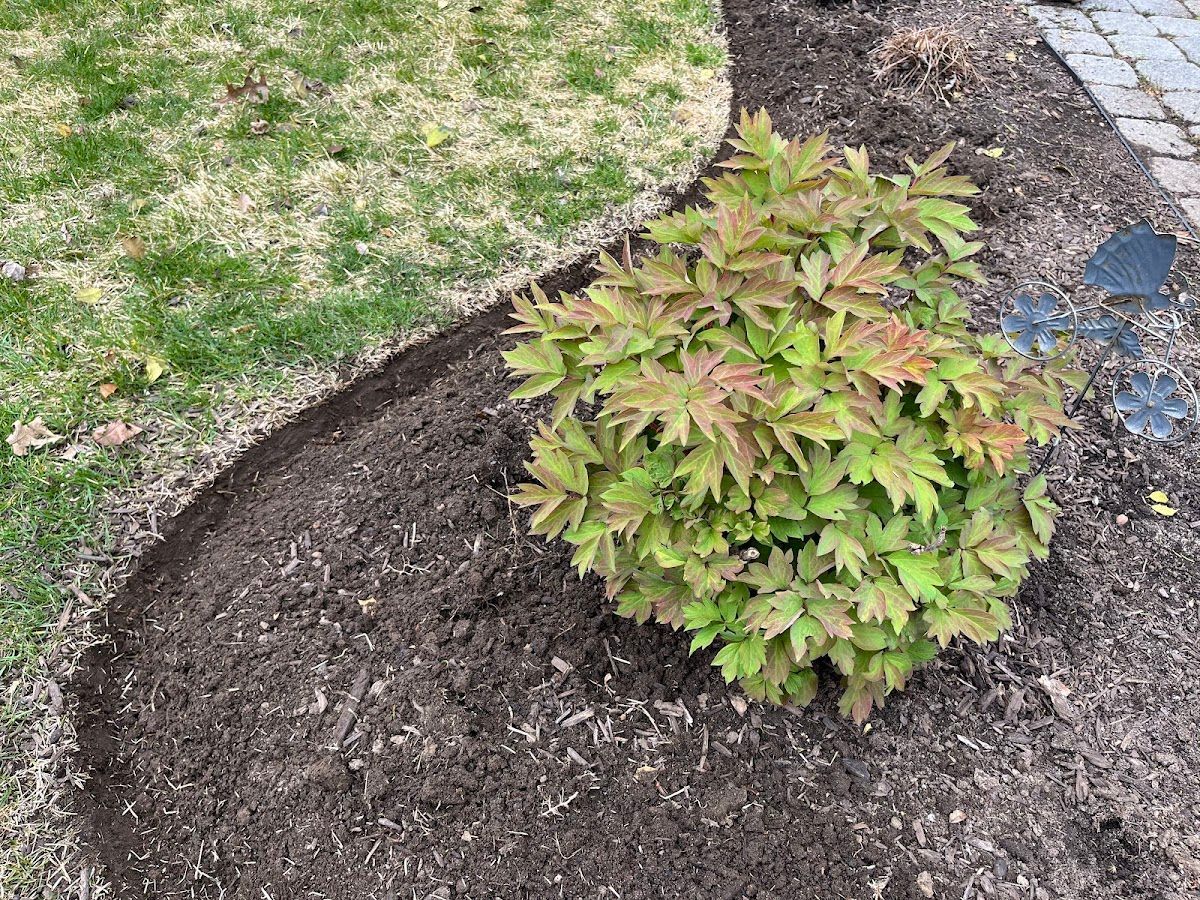
Introduction: Achieving a stunning landscape requires careful preparation, especially when it comes to refreshing your flowerbeds with fresh mulch. In this guide, we'll walk you through the steps to prep your flowerbed for mulch application, ensuring a polished and visually appealing finish. Clear Out Debris: Begin by clearing out any debris, such as leaves, weeds, and old mulch remnants, from the flowerbed. Use a garden rake or hand tools to remove debris, creating a clean surface for the new mulch. Pro tip: You don't have to take it all away, Just enough to create a smooth surface for the new mulch. Define the Edges: To create crisp and well-defined edges, use an edging shovel or tool to carefully shape the borders of the flowerbed. Avoid using just any shovel to ensure precise lines that separate the bed from the surrounding lawn or hardscape. Pro tip: Make 2 cuts with your edging shovel. 1 will be straight down when you are facing the flower bed. 2 will be at a 45 degree angle when you are standing in the flower bed facing out. Now use the shovel to kick away the loose dirt into the flower bed. Edge Maintenance: Maintaining sharp edges is key to preserving the neat appearance of your flowerbed. After mowing the lawn, use a line trimmer to touch up the edges, keeping them clean and defined throughout the growing season. Pro tip: Flip the line trimmer on its side and just have it low enough to touch the dirt at the bottom of the edge. This will ensure you are maintaining your edge weekly. Mulch Application: When applying mulch, aim for a layer that is 2-3 inches thick, depending on the plants in the bed. Spread the mulch evenly throughout the flowerbed, ensuring it covers the soil surface without smothering plant roots. Pro tip: Lay the mulch thinner at the edge of the flower bed to maintain a defined barrier between bed and lawn. Conclusion: Preparing your flowerbed for fresh mulch is a vital step in maintaining a vibrant and healthy landscape. By following these guidelines and recommendations, you can create a beautifully groomed flowerbed that enhances the overall beauty of your outdoor space. For professional assistance with mulch installation and landscape maintenance, contact Shhh Electric Landscaping today!

As the winter chill fades and spring beckons, South Jersey residents eagerly anticipate the lush greenery that comes with the season. One crucial task to kickstart your lawn's growth is mowing. But when is the right time to mow your grass for the first time? Let's explore the answer, tailored to different types of grass commonly found in South Jersey. 1. Cool-Season Grasses: Cool-season grasses like Kentucky bluegrass, fescue, and ryegrass thrive in the cooler temperatures of spring and fall. In South Jersey, where winters can be relatively mild, these grasses start to green up early. Aim to mow for the first time when the grass reaches a height of about 3-4 inches, typically in late March to early April. 2. Warm-Season Grasses: Warm-season grasses such as Bermuda grass, Zoysia grass, and Centipede grass are prevalent in South Jersey due to their tolerance to heat and drought. These grasses remain dormant during the winter months and begin to grow vigorously as temperatures rise. Wait until late spring, around mid April, to mow warm-season grasses for the first time, once they have begun actively growing. 3. Transition Zone Grasses: South Jersey falls within the transition zone, where both cool-season and warm-season grasses can be grown. If your lawn consists of a mix of grass types, consider the predominant grass type when deciding when to mow for the first time. Follow the guidelines for either cool-season or warm-season grasses, depending on which type dominates your lawn. Tips for the First Mow: Ensure your lawnmower blades are sharp to achieve clean cuts and prevent tearing of grass blades. Set the mower deck at a height appropriate for the grass type to avoid scalping or stressing the lawn. Avoid mowing wet grass, as it can lead to clumping and uneven cuts. Gradually reduce mowing height throughout the growing season to maintain the ideal height for your grass type. Knowing when to mow your grass for the first time in South Jersey is essential for promoting healthy growth and a vibrant lawn. By understanding the characteristics of your grass type and following the guidelines provided, you can ensure your lawn gets off to a strong start in the spring. Happy mowing!
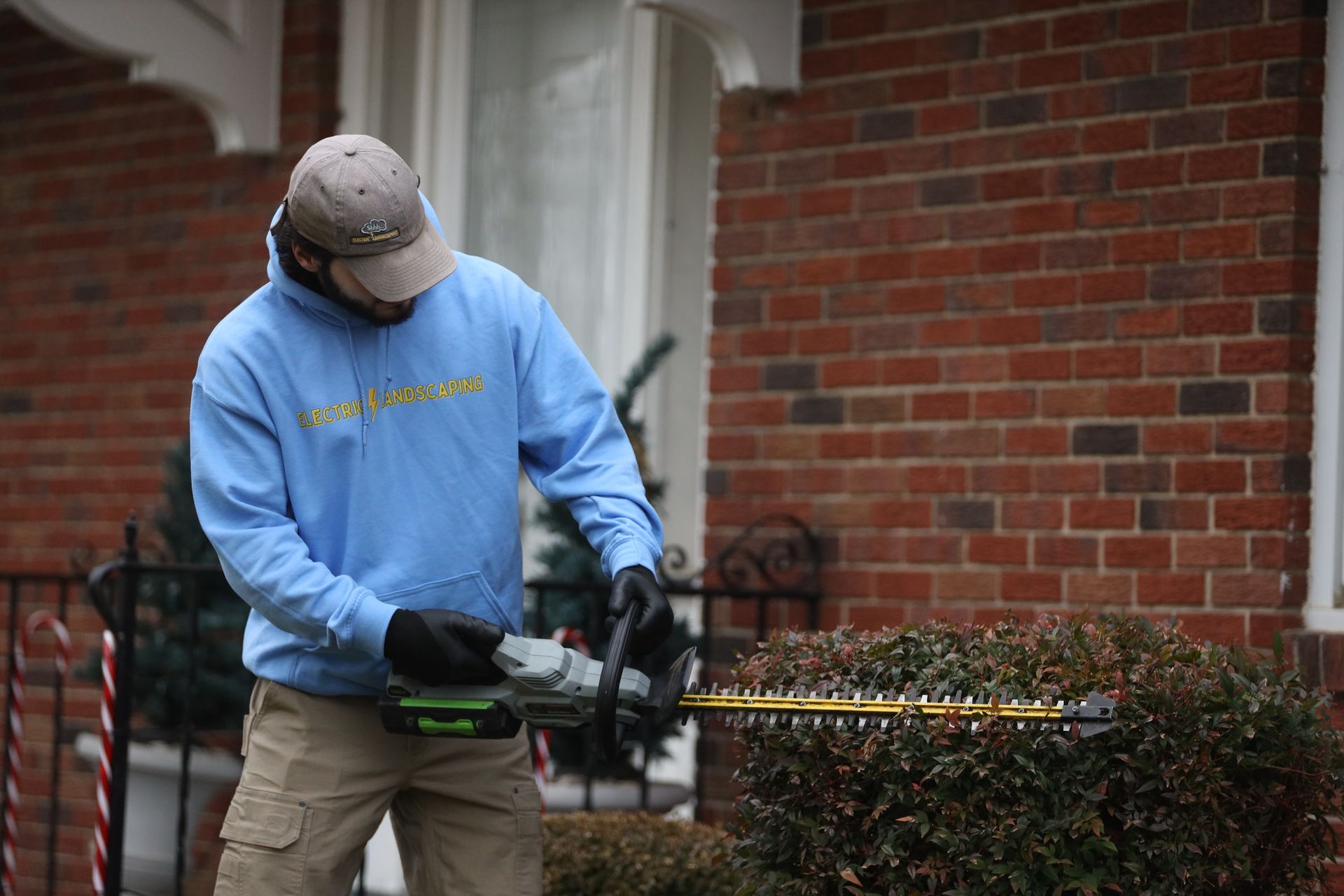
As winter enshrouds our outdoor havens in a serene blanket, a question emerges: Should you trim your bushes in January? Unveiling the Winter Landscape Wisdom. Here are a few reasons why you should consider trimming your bushes and getting a cleanup in January. 1. Embracing Dormancy for Growth: January marks a period of dormancy for many plants. Engaging in bush trimming during this time encourages healthier growth in the upcoming spring. With the plant's energy focused on the roots, the result is a burst of vitality when warmer days arrive. 2. A Shield Against Pests and Diseases: Removing dead or diseased branches is like administering a preventive vaccine to your bushes. By undertaking cleanups in January, you're essentially fortifying your landscape against the invasion of pests and diseases, setting the stage for a robust and resilient garden. 3. Crafting Winter Structure: Trimmed bushes contribute to a visually appealing winter structure. Instead of a chaotic and unkempt appearance, your landscape gains a defined and elegant silhouette. Even in the harshest months, your outdoor space emanates a sense of order and sophistication. 4. Preventing Overgrowth Woes: The dormant phase is an opportune moment to tackle overgrowth issues. By engaging in bush trimming in January, you stave off the impending chaos that unchecked growth can bring, ensuring that come spring, your bushes are in shape and ready to flourish. In Conclusion: January, often underestimated in its potential, emerges as a crucial month for the meticulous care of your landscape. Beyond the frosty exterior lies an opportunity to lay the groundwork for a spectacular spring. As you sip your warm beverage indoors, the diligent hands at Shhh Electric Landscaping can be outdoors, crafting a masterpiece out of your winter garden. Contact us for professional bush trimming and cleanups, and let the transformation of your outdoor space begin.
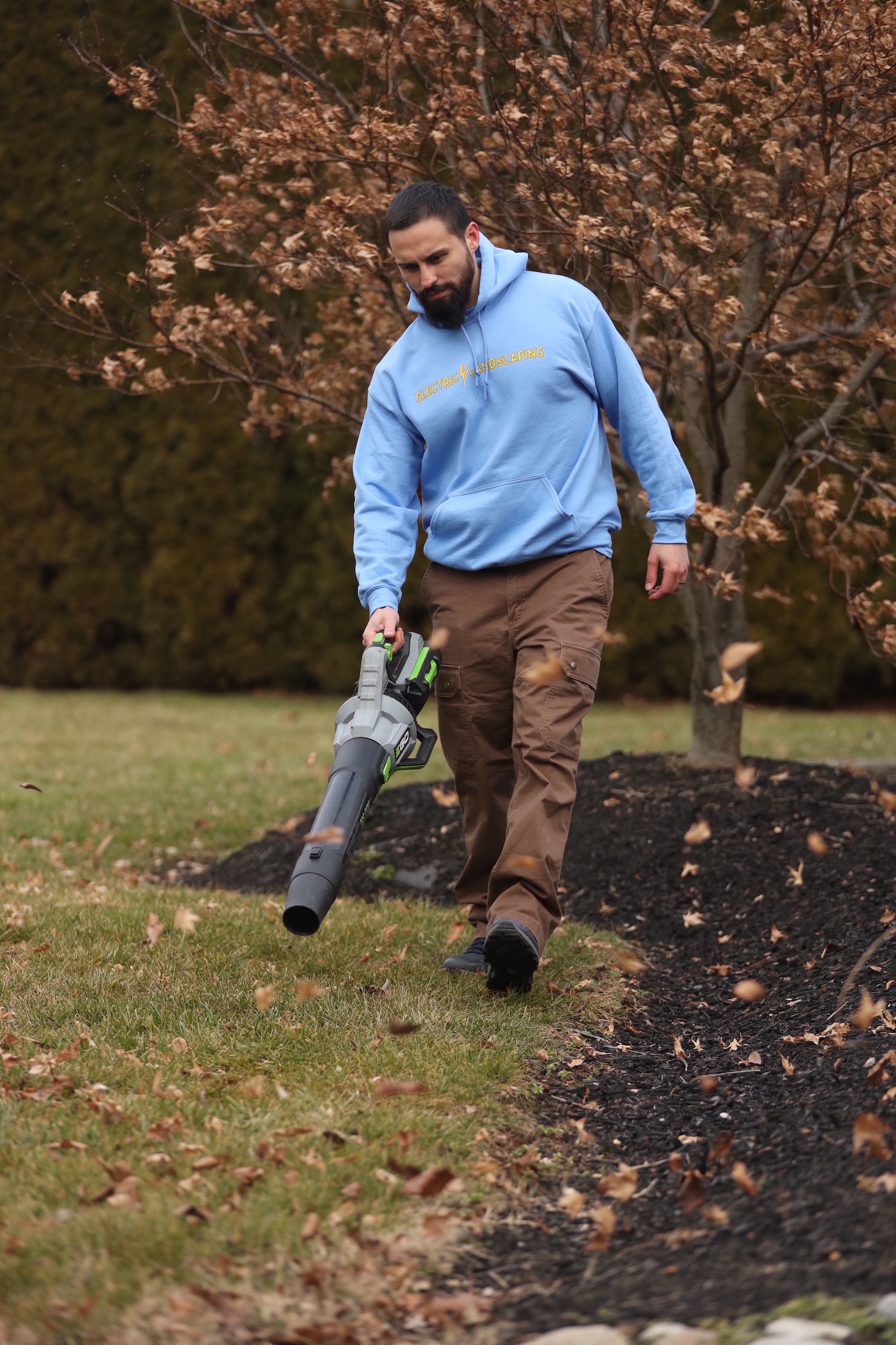
As the vibrant hues of summer fade into the warm, earthy tones of fall, many homeowners in Southern New Jersey turn their attention to preparing their landscapes for the changing season. In this educational blog, we'll explore why fall cleanups are crucial in Southern New Jersey and how they contribute to the health and beauty of your lawn. **1. Leaf Removal and Lawn Health** The most apparent reason for fall cleanups is the removal of fallen leaves. While the colorful leaves may be picturesque, they can become a menace when left to accumulate on your lawn. Layers of leaves can smother the grass, blocking essential sunlight and hindering air circulation. This can create an ideal environment for mold, fungus, and pests to thrive. A thorough leaf removal during a fall cleanup ensures your lawn breathes and remains healthy. **2. Weed and Pest Control** Fall cleanups also play a crucial role in weed and pest control. Weeds often take advantage of the void left by the falling leaves to establish themselves in your garden. Additionally, leaves can provide shelter and breeding grounds for pests like rodents and insects. By removing leaves and debris during a fall cleanup, you reduce the habitat and resources available to these unwanted visitors, helping to keep your lawn pest-free. **3. Promoting Lawn Growth** Southern New Jersey experiences a mix of cool-season and warm-season grasses. The fall season is the ideal time for cool-season grasses like Kentucky bluegrass and fescue to thrive. Fall cleanups prepare the ground for overseeding, a process that involves spreading grass seed over existing turf. This rejuvenates your lawn, filling in bare spots and promoting thick, lush growth. **4. Preparing for Winter** Southern New Jersey's winters can be unpredictable, with occasional cold snaps and snowfall. A thorough fall cleanup includes cutting back perennial plants, removing dead or diseased branches, and storing garden equipment properly. This ensures that your landscape is ready to withstand the winter months and emerge strong and healthy in the spring. **5. Aesthetic Appeal** A well-maintained landscape enhances the curb appeal of your property. Fall cleanups create a tidy, inviting environment that leaves a positive impression on visitors and neighbors. It's also a great way to show that you take pride in your home and its surroundings. **6. Protecting Hardscape Features** Fall cleanups aren't limited to just your lawn. They also encompass the cleanup of hardscape features like patios, walkways, and driveways. Removing leaves and debris from these areas not only maintains their appearance but also prevents slippery surfaces that can become hazardous in wet weather. In conclusion, fall cleanups are an integral part of lawn and landscape maintenance in Southern New Jersey. They contribute to the health and vitality of your lawn, prevent pest infestations, prepare your landscape for winter, and enhance the overall aesthetic appeal of your property. If you're unsure about tackling a fall cleanup on your own, consider enlisting the help of a professional landscaping service. They have the expertise and equipment to ensure your fall cleanup is thorough and effective, setting the stage for a beautiful and healthy landscape in the seasons to come.
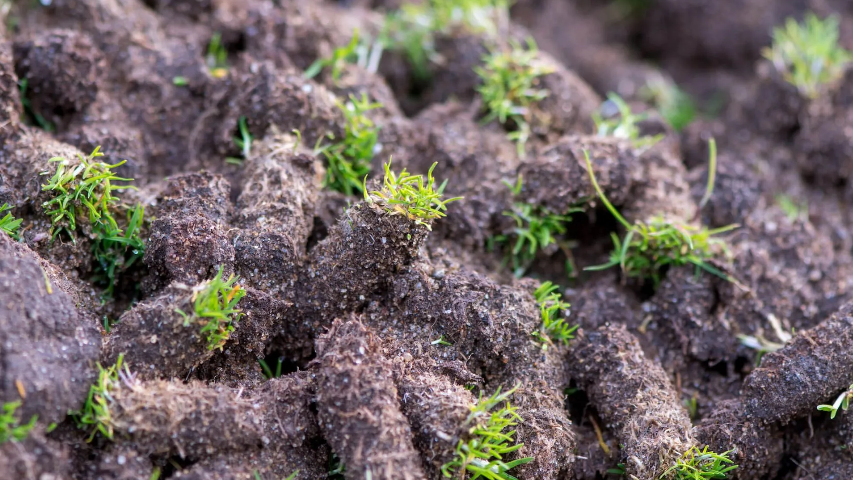
Picture this: a lush, velvety lawn that beckons you to sink your toes into its softness. Achieving that dreamy lawn isn't just about regular mowing and watering – it's about aeration and overseeding . If you're a proud lawn owner in Southern New Jersey, buckle up as we unravel the secrets behind this dynamic duo. Aeration and overseeding might sound like fancy terms, but they're like the superhero tag team your lawn deserves. In Southern New Jersey's climate, where summers can get sizzling and winters chilly, your grass goes through the wringer. That's where aeration steps in. Imagine poking tiny holes in your lawn to allow for better airflow, water absorption, and nutrient penetration. Those holes act like a direct line to the grassroots, where the real magic happens. But wait, there's more! Overseeding is like giving your lawn a fresh set of recruits in the battle for green supremacy. It's all about sowing new grass seed right over the existing turf. Over time, lawns can thin out due to foot traffic, pet antics, and general wear and tear. Overseeding fills in those patchy areas, ensuring a denser, more vibrant carpet of green. Southern New Jersey's unique blend of warm-season and cool-season grasses demands a tailored approach. The cool-season grasses like Kentucky bluegrass and fescue thrive in spring and fall, while warm-season grasses like Bermuda and Zoysia peak during the summer. Aeration and overseeding provide a perfect opportunity to introduce the right grass types, ensuring your lawn stays magnificent all year long. The cherry on top? The benefits play the long game. Improved soil aeration from regular aeration sessions helps your lawn stand strong against drought, while the added seeds from overseeding ensure ongoing renewal. Over time, you'll notice your lawn becoming more resilient, better equipped to combat weeds, and maintaining its lush, green charm. As the leading lawn care experts in Southern New Jersey, Shhh Electric Landscaping knows the secrets to a knockout lawn. Our licensed and insured team brings the professional touch that transforms lawns from mediocre to marvelous. From crafting the ideal aeration and overseeding schedule to choosing the right grass varieties, we've got your lawn's back. The verdict is in: for a lawn that turns heads and leaves your neighbors green with envy, embrace the power of aeration and overseeding . Your Southern New Jersey lawn deserves nothing less than the best, and the results will speak for themselves – one velvety blade of grass at a time. Get in touch with Shhh Electric Landscaping today and let's transform your lawn into a masterpiece! ShhhElectricLandscaping.com #LawnCare #AerationAndOverseeding #SouthernNJ #GreenLawnMagic #ShhhElectricLandscaping

